Bird Flu Reaches the Antarctic for the First Time
As the first known cases of H5N1 are detected in the region, scientists fear for the isolated penguin and seal populations that have never been exposed. ..
As the first known cases of H5N1 are detected in the region, scientists fear for the isolated penguin and seal populations that have never been exposed. ..
Humans rely on birds to eat insects, spread seeds, and pollinate plants—but these feathered friends can’t survive without their habitats. ..

The number of ocean going birds has declined 70 percent since the 1950s, but restoring their populations can bolster marine ecosystems that sequester carbon. ..
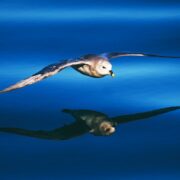
New research shows that seabirds’ ingestion of the pollutant scars their insides—a new disease called “plasticosis”—and may disturb their microbiomes. ..
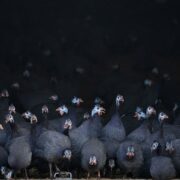
The avian flu has killed millions of chickens, decimated wild birds—and moved into mammals. Now the poultry industry needs new measures to stop its spread. ..

Scientists say collecting, studying, and storing the carcasses from wind and solar facilities can unlock new insights. ..
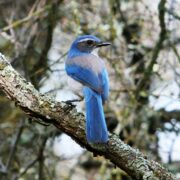
A Western landscape’s namesake bird is threatened by climate change, and perhaps by wildfire prevention tactics that thin out the trees they rely on. ..
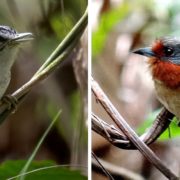
The rainforest's lush genetic diversity may be due in part to the dynamics of branching rivers, which serve as invisible fences between bird populations. ..
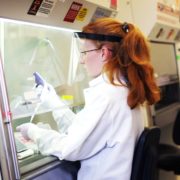
More than 27 million birds have died or been slaughtered, and wild birds are dying too. Without a shot, farmers have to rely on vigilance and culling their ..
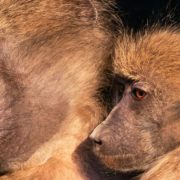
Researchers find that densely packed neurons play an outsize role in quantitative skill—calling into question old assumptions about evolution. ..